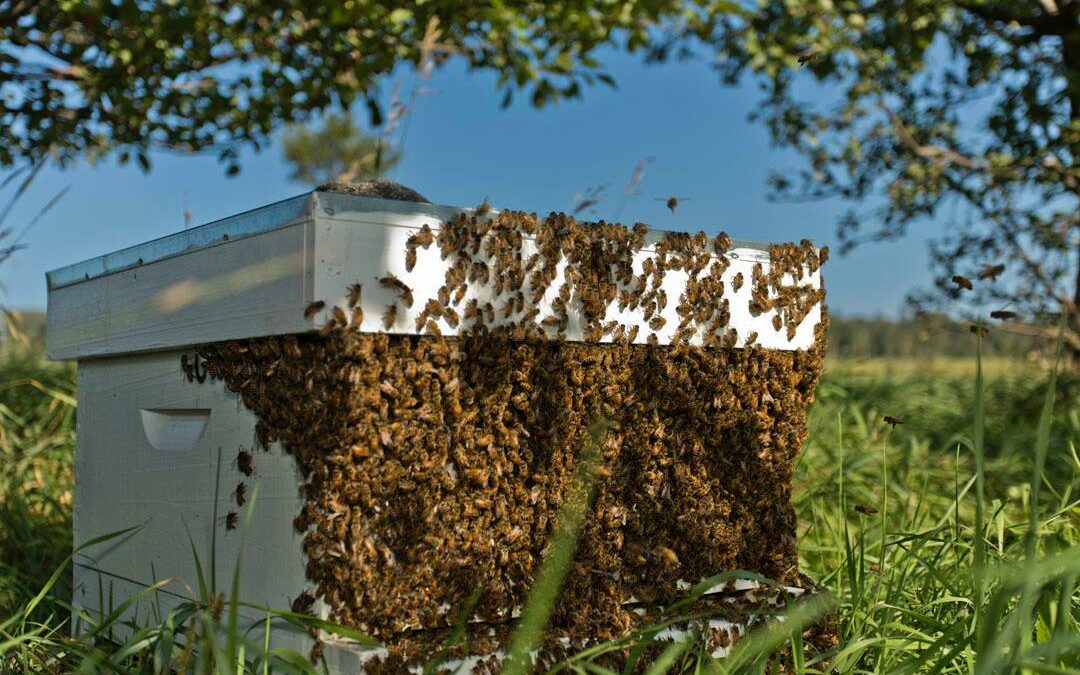In July, there are several important tasks to consider when managing a beehive in Northern California. Here are some recommendations:
- Hive inspections: Conduct regular inspections of your beehive to ensure the health and productivity of the colony. Look for signs of disease, pests, or any issues with the queen. Check for sufficient honey stores and assess the overall strength of the hive.
- Super management: As nectar flows decrease in mid to late summer, it’s essential to monitor the honey supers. Remove any full supers and extract the honey if necessary. If the supers are not filled, you may need to add or exchange frames to encourage the bees to store honey.
- Water sources: Ensure your bees have access to a nearby water source. During hot summer months, bees require water for cooling the hive and diluting honey stores. Provide a shallow water container with stones or floating materials to prevent accidental drowning.
- Pest control: Watch out for common pests like varroa mites, wax moths, and small hive beetles. Monitor the mite population and treat it if necessary. Check for signs of wax moth larvae or beetles and take appropriate action to prevent infestations.
- Swarm prevention: July is a prime swarming season for honeybees. To prevent swarming, ensure the hive has sufficient space by adding additional supers if needed. Consider techniques like checkerboarding or splitting the colony to reduce congestion and create room for the bees.
- Hive ventilation: Northern California can have hot summers, so it’s crucial to maintain proper hive ventilation. Ensure the hive has adequate airflow to prevent overheating.
- Monitor for drought conditions: In areas experiencing drought, it’s essential to monitor nectar availability for your bees. Supplemental feeding with sugar syrup or providing pollen patties can help maintain the colony’s strength during dry spells.
- Continuous monitoring: Stay vigilant and monitor the hive regularly throughout July. Keep an eye on honey production, brood patterns, and overall bee behavior. Note any changes or abnormalities that may require further attention or intervention.
Remember, local conditions and specific hive requirements may vary, so it’s always a good idea to consult with local beekeeping associations or experienced beekeepers in your area for advice tailored to your region’s needs.

